Day in the life of a Workplace Safety Awareness Trainer
In this article we meet Gimas Satria a HSSE workplace safety awareness trainer from Indonesia. Gimas has extensive experience working in the oil and gas sector, both onshore and offshore. He started his career in radiation protection as HSSE Lead & Radiation Protection Officer (RPO). He has been working freelance for a number of years. Gimas is an IOSH Technical Member – NEBOSH IGC – IOSH Managing Safely – Internal Auditor 45001 & 14001 – BNSP K3 MIGAS – AK3U. His slogan is “Energizing People Safety, Coming Home Safely”.
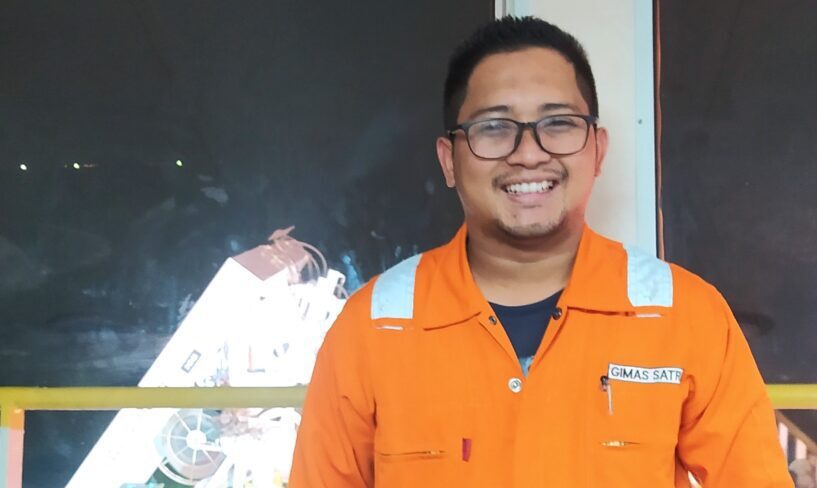

Workplace Safety awareness trainer – Gimas Satria
Background
Were you interested in science as a child?
As a child, I was interested in being a Jet Fighter Pilot. This was, I think, because my home was near to an airbase. Even now, one of my favourite movies is Top Gun: Maverick.
Why did you decided to study and gain a degree in Physics?
I liked physics more than chemistry or biology, and because it was becoming a future energy, I chose nuclear. I didn’t hesitate or think about other things, and so graduated in Nuclear Physics.
Was there anyone in your family or at school who guided you to study Physics?
No one. My family are mainly Pharmacists. My sister and father work in pharmacy and my younger brother has an undergraduate degree in Pharmacy. So, it is interesting because they’ve not influenced me so far.
Has there been a particular person who has inspired you?
To start with no one inspired me. The thought just came into my mind, and I decided to study Nuclear Physics. There wasn’t any other reason or influence.
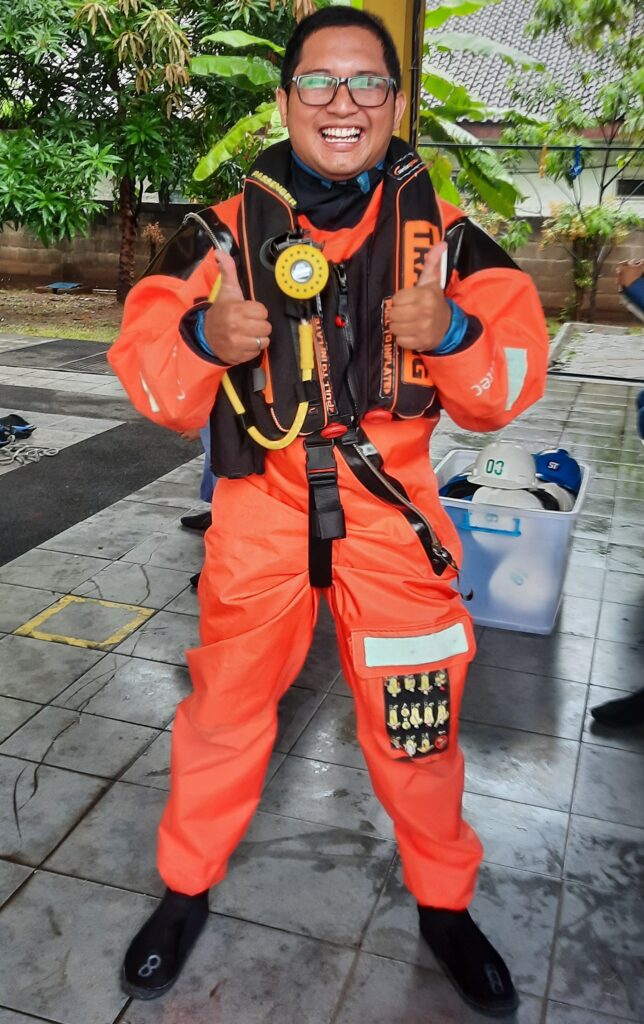

Crawler Technician
You had an internship as a Crawler Technician while you were studying. What exactly does a Crawler Technician do?
At my university we were required to focus on a particular area of study as well as our main subject. So, I studied electronics and instrumentation as a secondary subject. That was then the reason for my internship subject.
A Crawler is the equipment and tools to bring an X-ray machine through the pipeline. They will be semi-autonomous, because they have a mini controller as part of the electronic instrumentation panel. Crawler and X-ray use for Non-Destructive Testing (NDT) was my job. So, my job involved: assembly, trouble shooting, and running the Crawler prior to deploying it to the project.
How did the internship help you when you started your first job after graduation?
The internship helped because it was with an NDT company and my first job was in an NDT company too. The environment was familiar, I knew the techniques and the type of work. So, the internship helped a lot as the first step in my career.
Why do you think internships are valuable for all students?
They are very valuable. You can learn with firsthand experience about the workplace, the organisation, the culture, and how to manage your own work.
Working as a Deputy Project HSSE Lead and Radiation Protection Officer (RPO)
What did your job involve in general and in terms of workplace safety awareness?
This role was with my first company. They were involved with Non-destructive Testing – conventional and advanced. I was a Deputy for the BP Project in Indonesia when they expanded their LNG refinery around 2019 – 2021.
My role involved ensuring occupational HSE and security implementation during the NDT project. Basically, I worked onsite on a rotational basis, back-to back with the Project HSSE Lead. We were responsible for collaboration and communication regarding the HSSE aspect with our office and also contractors or Company representatives.
Apart from the BP project, I have been an RPO (Radiation Protection Officer) since I started work in 2014. That’s because the company are an NDT company and provide service for a wide range of NDT jobs, including Radiography Testing. So, I was responsible for ensuring that a job was carried out safely. As well I was responsible for minimizing the ionizing hazard to worker health and safety.
I was regularly involved with connecting, coordinating, and cooperating with the company, client etc. As well, I liaised with the National Agency who are also responsible for the safety of our RT job. In my country, the RPO must be licensed and validated before they commence their job, so I’m licensed and certified too.


PPE and Workplace Safety awareness
How important was your PPE and what did it include?
My PPE was very important.
PPE is mandatory in my job, because basically I work in the following environments:
greenfield,
brownfield,
and ionising.
So, for all those environments PPE is compulsory.
As well, sometimes I work in a workshop or on the project site. For these locations, we need to protect ourselves with coveralls, hard-hat, shoes, gloves, and eye protection as a minimum.
In addition, for any Radiography Testing activity, we need a Film Badge or Personal Dosimetry and a handheld survey meter for detecting ionizing exposure.
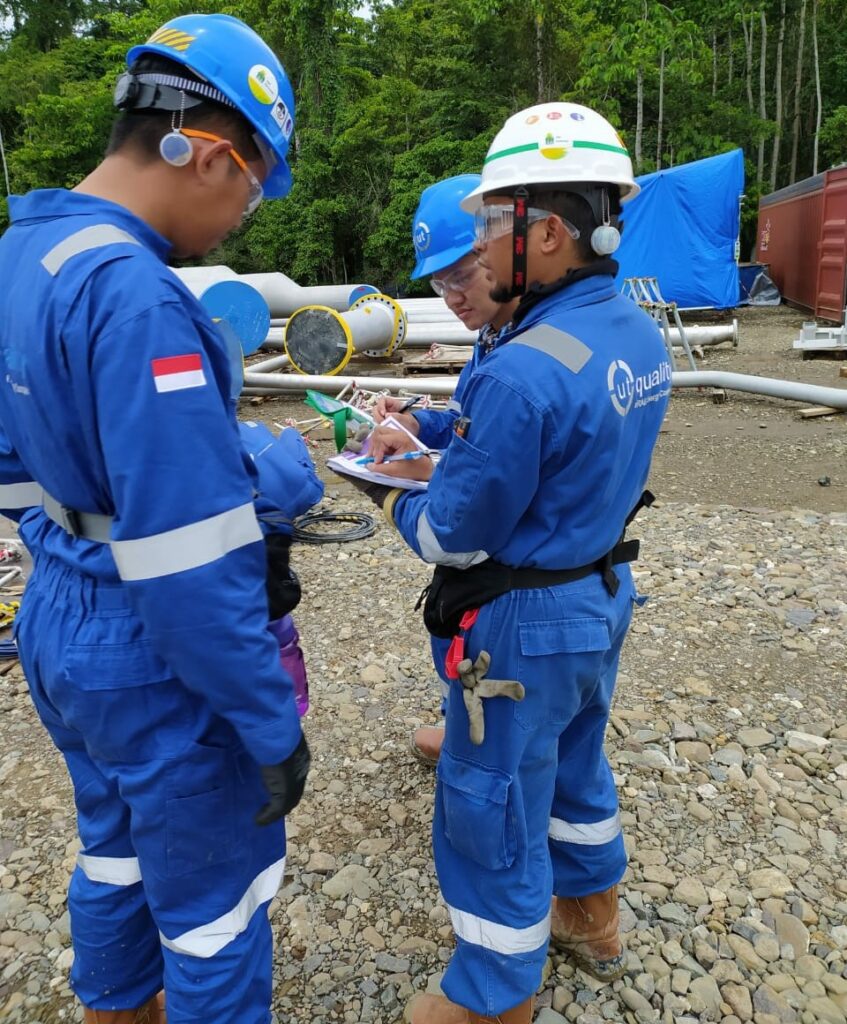

Working offshore
How much of your time was offshore?
I worked offshore for more than 5 years. During this time, I worked onboard vessels, AWB (Accommodation Work Barge) accommodation and construction barges FSOs (Floating Production Systems), and Platforms.
Which people were you responsible for?
When onboard I am responsible for: Master, Party Chief, and Company Man or Company Reps.
I am also responsible for the HSE Manager and Project Manager in HQ.
What was the most difficult project you were involved with?
I don’t think any one project has been difficult. However, the BP LNG project was complex and long-term. So, I got many insights from that.
Working offshore as a HSEE Advisor
What were you responsible for?
When onboard: Master, Party Chief, and Company Man or Company Reps.;
And also: HSE Manager and Project Manager in HQ.
Which other members of the offshore team gave you support?
The entire marine/vessel crew is a lot of help during my operation. However, all members of the teams have provided good support so far. I have not had any difficulties during my operational experience. Even when we have someone from the company onboard, they are very supportive of my duties.
What shift pattern do you work?
When onboard, I usually take a morning duty like 6 AM to 6 PM (12 work hours). Then for the rest of the time, I am on standby. So, if any calls come in before midnight or we have urgent activity, like deploying a streamer, tools, or a ROV (Remotely Operated Vehicle), I am called.
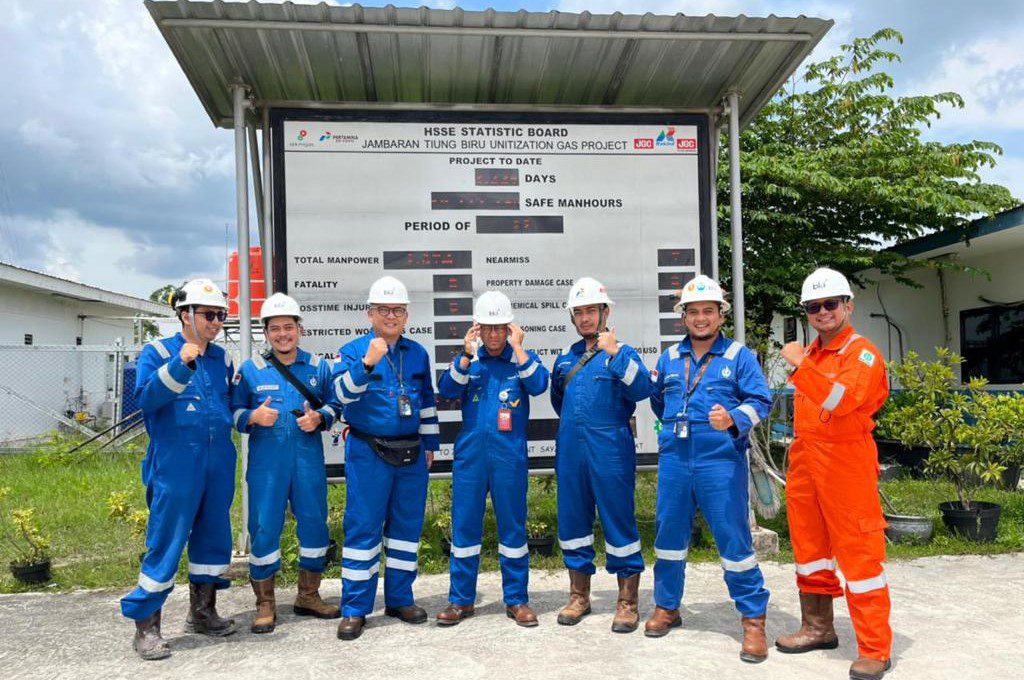

The weather
How much did the weather affect you?
When working offshore the weather is key. A big wave, swell, or high wind speed are all obstacles for us to operate safely. If there’s a storm or abnormal conditions during operation, we will suspend/hold, and recover equipment. Especially in any Air Diving activity, we need to read and get “weather news” from the coast guard, and plan carefully with consideration to the situation and the timing of the work.
Work life balance when offshore
How did you create a work life balance when you were offshore?
I have worked on several vessels and ships and contracts.
Sometimes they have a rotation of 28/28 (28 days on and 28 days off) and use time in port for rest and recreation. Sometimes we conducted very short-term projects, for example one week. So far, I’ve enjoyed the working life and duties. I need to focus when onboard, and we need to support each other under a tight schedule of operation. A key part of my job is to remind the vessel operator to comply with their HSE regulations, especially concerning the working schedule.
Typical week as a Workplace Safety Awareness Trainer
What is your typical week like?
I typically like to listen to the learners’ questions and to understand what they are interested in. That means I see their concerns and then give them my experience and knowledge. I make my training sessions active, with two-way discussions, and maintain a coaching style which has a human touch.
How many people do you work with per session?
There are a minimum of two, and maximum of twenty-five people in my classroom. I think anything in that range is an effective quantity based on my ability to explain and teach.
What are the different types of safety training you cover?
I use a lot of coaching and discussion. As well, I bring and use actual field cases from my experience in the workplace.
How do you inspire people to think about safety all the time?
I always find out about people’s needs. I like to talk to anyone, get to know them, and discover their hobbies. So, I find out something which they love. Then by using this I can motivate and inspire them.
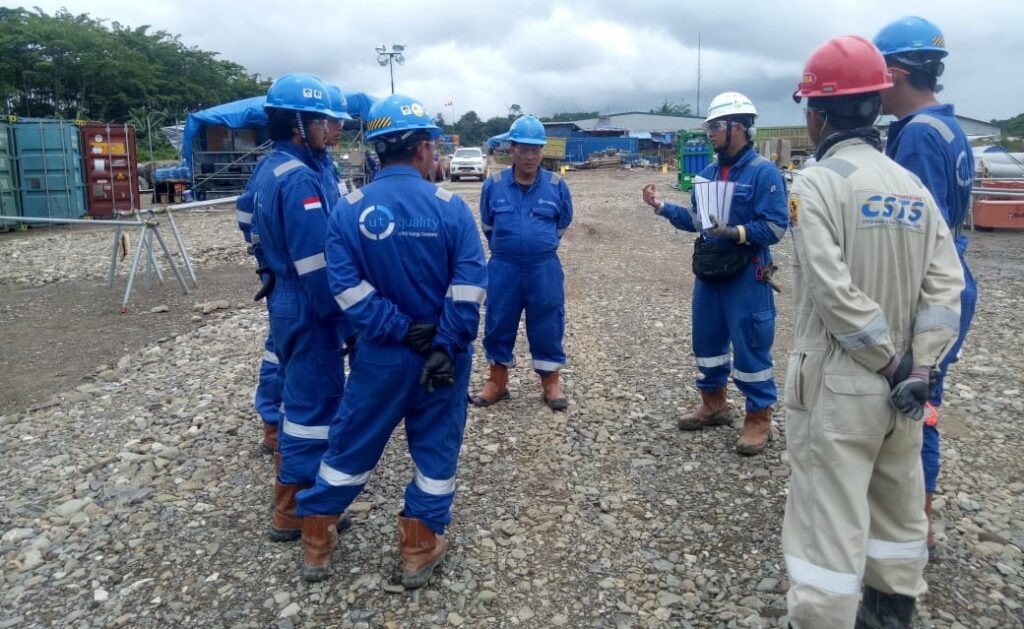

Supporting health and safety awareness in the workplace
In your opinion what are the key issues for employee health and safety going forward?
For the employee, they need adequate knowledge and resources to use as references. I always make sure I have had lots of open discussion, mentoring or coaching, and so open the way of consultation. So, then people can come to me to discuss or seek an insight into their HSE concerns.
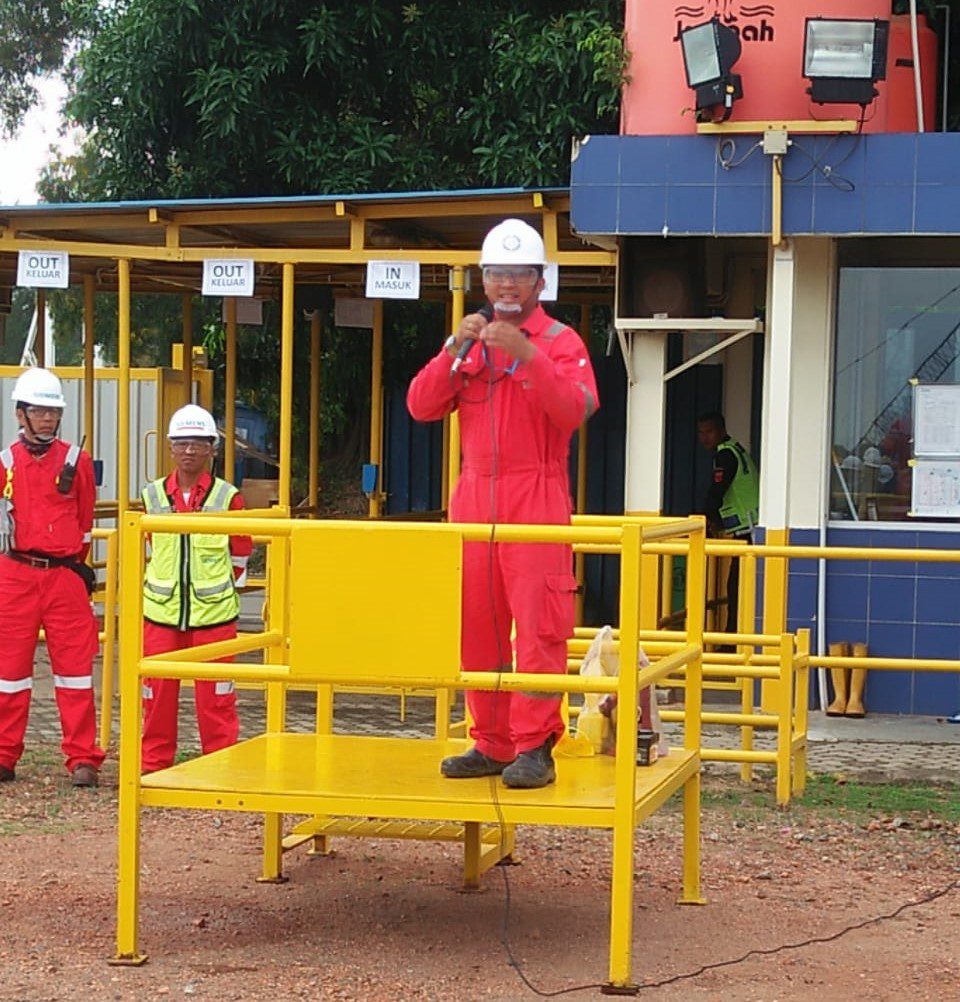

Working in HSSE and Workplace safety awareness
Why would you advise someone to consider this type of work?
It looks easy from the outside. However, sometimes it can be hard and difficult for certain people. So, for me, the essential thing is to be able to communicate well. If you’re the sort of person who loves talking with people, being aware of their lives, and wanting to care. Then, I think this type of work is for you.
What are the key skills needed?
Anyone in HSSE needs to be a good communicator, a good listener, and patient.
What type of personality is needed?
All types of people could become HSSE. However, I suggest the best ones are open-minded people and those who are team players. That’s because we need to collaborate and coordinate others so much of the time.
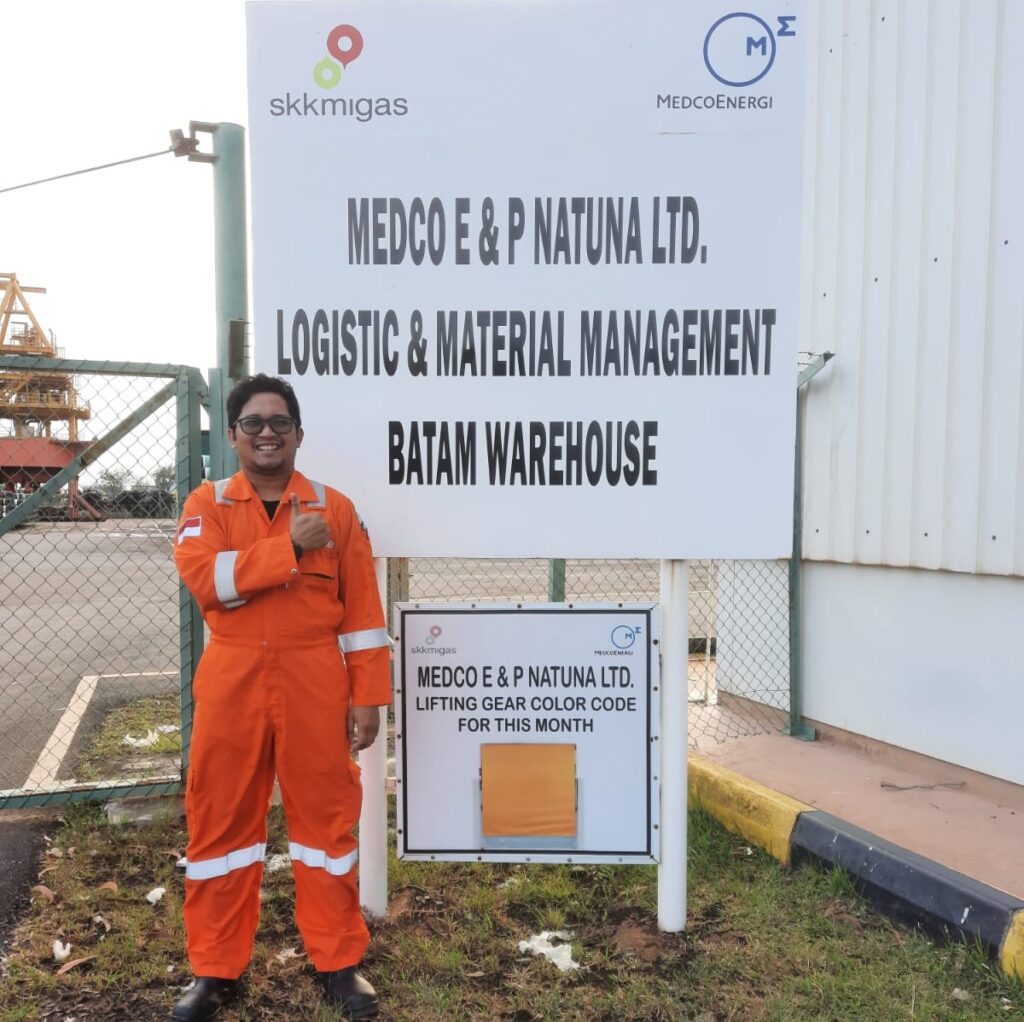

Further reading about workplace safety awareness
Meet a UK HSEQ Health, Safety, Environment, and Quality Leader
Julius Romero Offshore and Onshore HSE Adviser and Medic


Responses